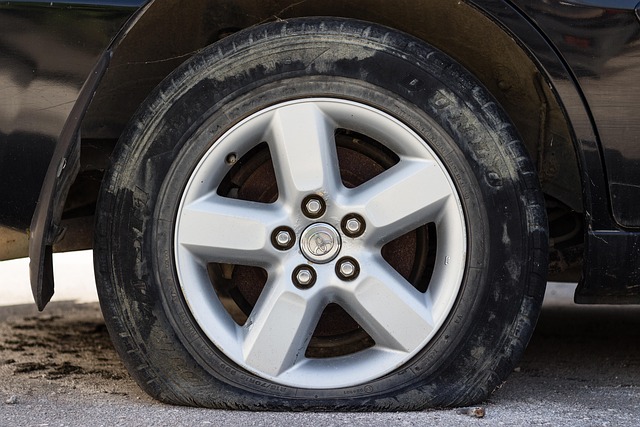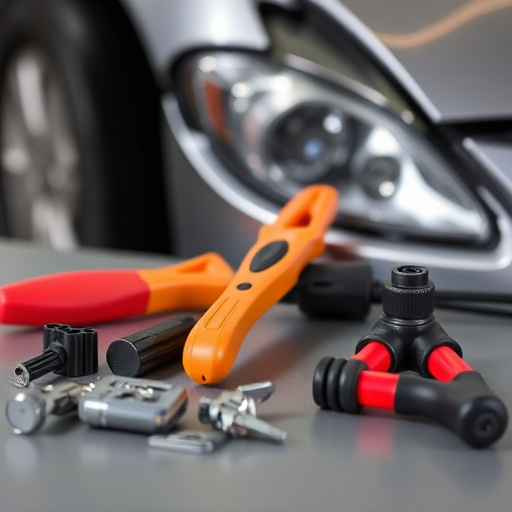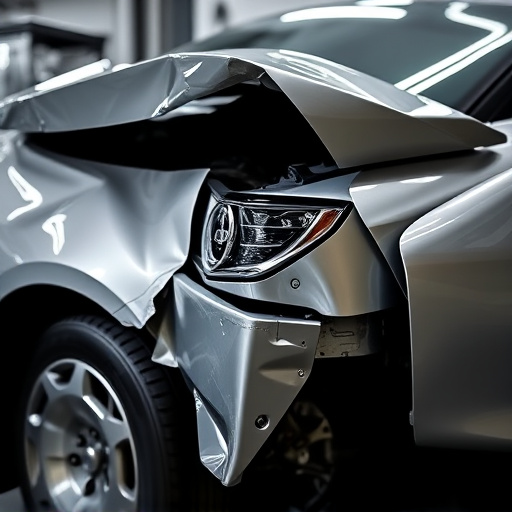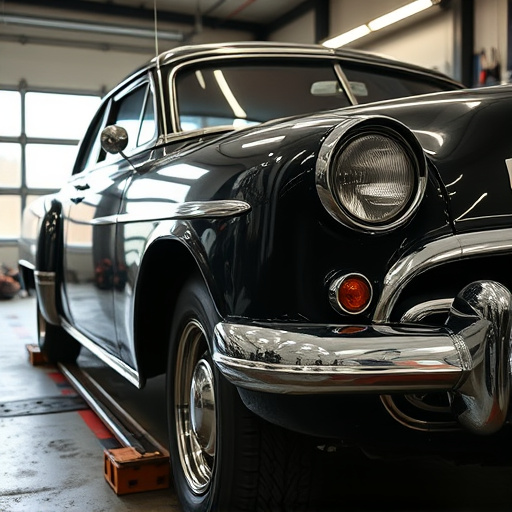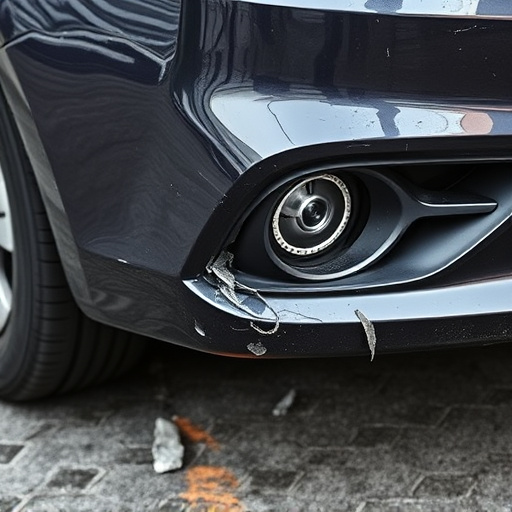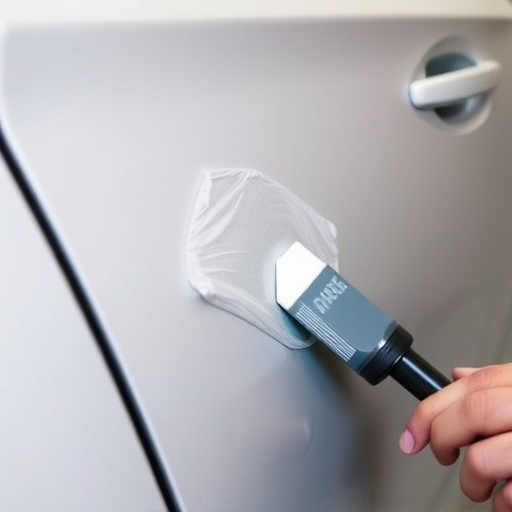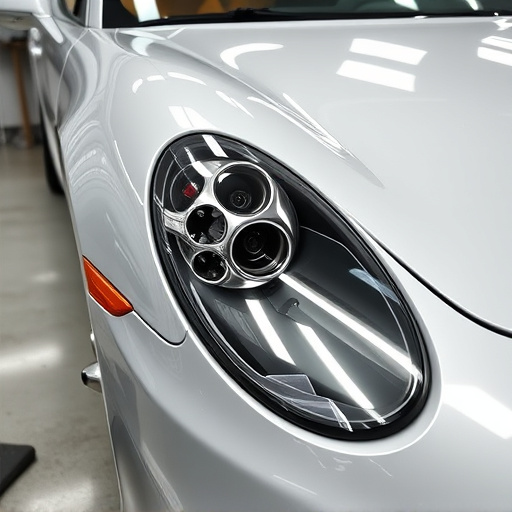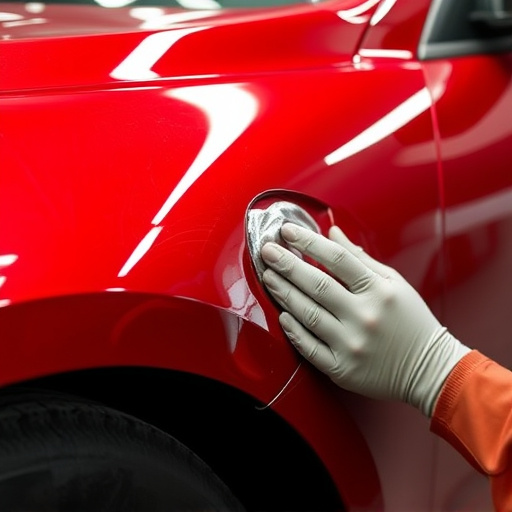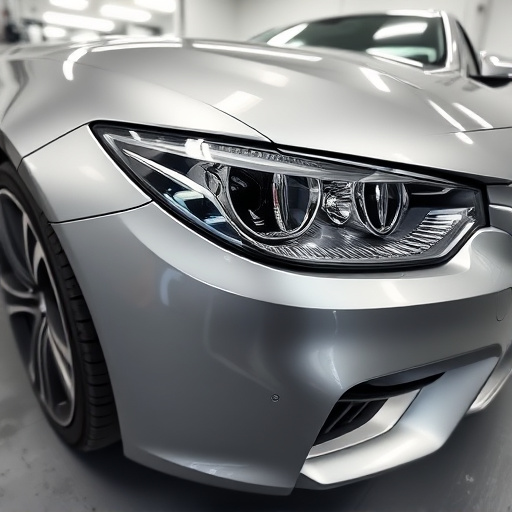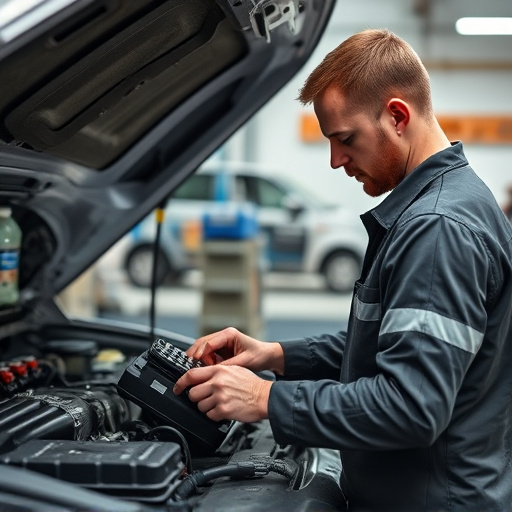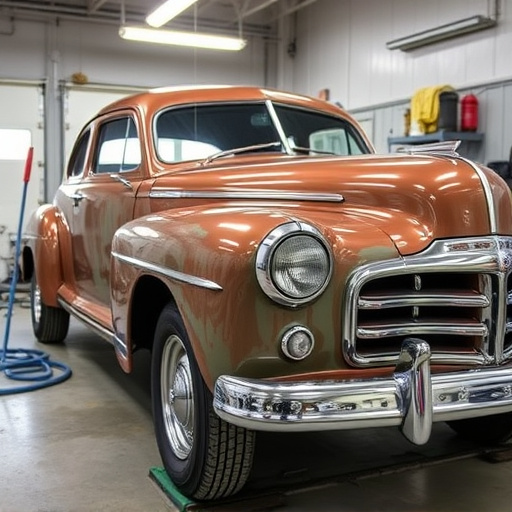Environmental factors like rain, sun, and wind impact the longevity of specialty trim repairs on vehicles. Auto body repair specialists need to use sealing, coating, and regular maintenance to protect against damage from moisture, sunlight, and wind. High-quality materials with UV protection, along with proper washing and conditioning routines, extend the lifespan of these repairs across diverse weather conditions, ensuring intricate details remain intact over time.
Weather plays a significant role in determining the longevity of specialty trim repairs. This article explores how environmental factors like rain, sun, and wind impact these intricate enhancements. We delve into seasonal changes, highlighting the shift from cold winters to warm summers, and their effects on outdoor repairs. Additionally, we discuss strategies for maximizing durability, focusing on protection and preservation techniques essential for maintaining the beauty of specialty trim repairs over time.
- Environmental Factors: Rain, Sun, and Wind Effects
- Seasonal Changes: Cold Winters to Warm Summers
- Longevity Strategies: Protection and Preservation Techniques
Environmental Factors: Rain, Sun, and Wind Effects
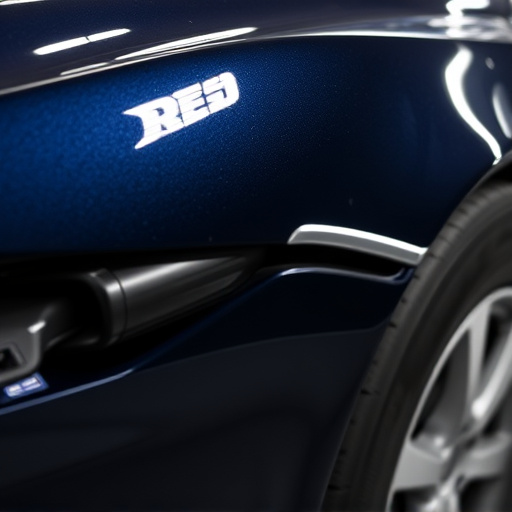
The elements play a significant role in determining the longevity of specialty trim repairs on vehicles. Rain, sun, and wind each contribute unique challenges that can impact the condition of these intricate details over time. Prolonged exposure to rain can cause moisture seepage into the repair area, potentially leading to rust and deterioration, especially if the repair hasn’t been properly sealed or protected. On the other hand, intense sunlight can cause fading and cracking of the repair material, making it more susceptible to damage from everyday use and environmental wear. Wind, particularly during frequent washings or when driving at high speeds, can abrade the repaired surface, leading to scuffs, scratches, and even the loss of recently applied detailing.
Understanding these environmental factors is crucial for auto body repair specialists offering specialty trim repair services. Proper protection methods, including sealing, coating, and regular maintenance, are essential to safeguard against these effects. Car scratch repair and auto body repair techniques that incorporate durable materials and advanced sealing technologies can enhance the resistance of repairs to rain, sun, and wind damage, ensuring these intricate details maintain their aesthetic appeal for longer periods.
Seasonal Changes: Cold Winters to Warm Summers
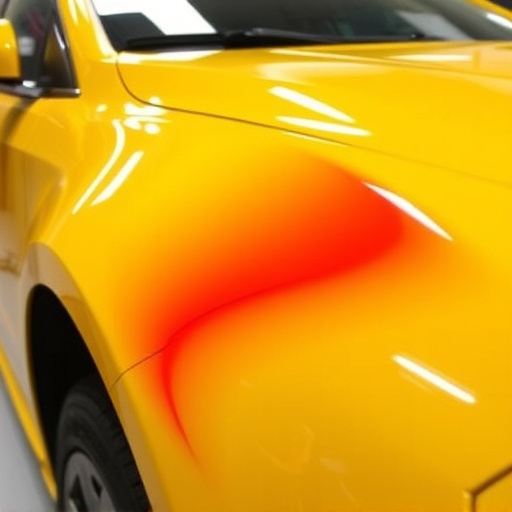
As the seasons change from cold winters to warm summers, so does the impact on various aspects of our environment, including specialty trim repairs. During winter, harsh conditions like snow, ice, and below-freezing temperatures can cause damage to vehicle exteriors, with many owners noticing issues such as cracked plastic components or faded paint jobs upon the arrival of spring. These seasonal changes highlight the need for prompt attention and quality repairs, especially when it comes to specialty trim.
For auto repair shops offering paintless dent repair services, understanding these seasonal shifts is crucial. While traditional auto painting might be more commonly associated with warmer months due to increased outdoor work, the demand for specialized repairs like paintless dent repair can peak during colder seasons. This is because many drivers prefer to address existing damage before the summer heat sets in, avoiding potential complications from exposure to sunlight and varying temperatures that could affect the final results.
Longevity Strategies: Protection and Preservation Techniques
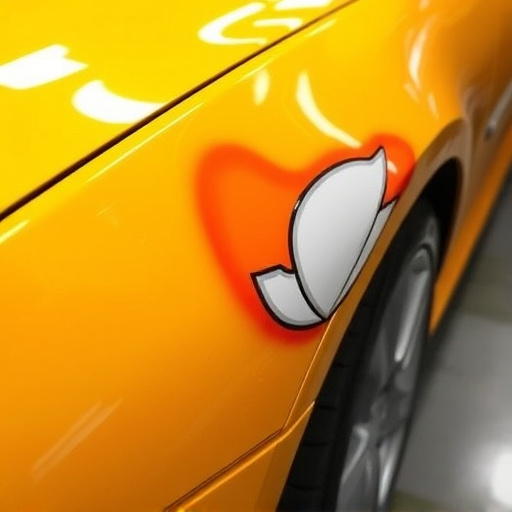
To maximize the longevity of specialty trim repairs, especially in regions with varying weather conditions, several protection and preservation techniques can be employed. Auto body services specializing in these repairs often use high-quality materials designed to withstand harsh environments, including UV protection for vehicle paint repair, which prevents premature fading and damage caused by prolonged sun exposure.
Additionally, Mercedes Benz repair experts might recommend regular washing and conditioning routines that include specific detergents and sealers. These practices not only protect the trim from water damage but also deter rust formation, ensuring that intricate details remain intact over time. By combining robust materials with meticulous care, specialty trim repairs can sustain their integrity, preserving the vehicle’s aesthetic appeal for years to come.
In conclusion, the longevity of specialty trim repairs is intricately tied to weather conditions. Environmental factors like rain, sun, and wind can significantly impact these delicate finishes. Seasonal changes further exacerbate issues, demanding specific strategies for protection and preservation. By understanding these dynamics, professionals can enhance the durability of specialty trim repairs, ensuring their beauty and integrity persist for years to come.
